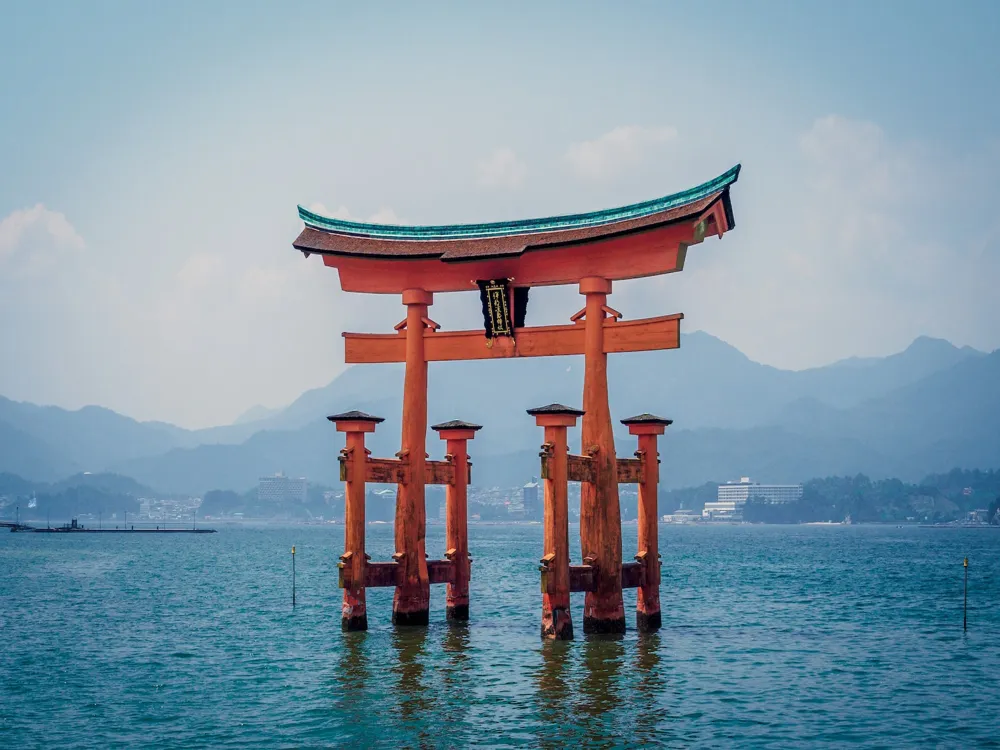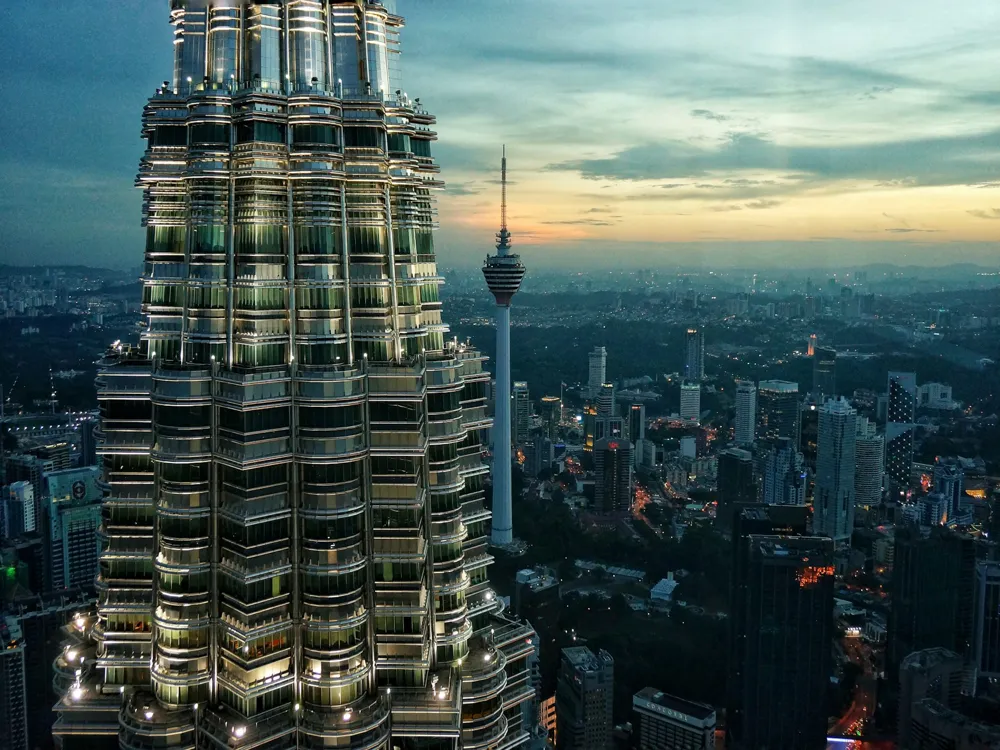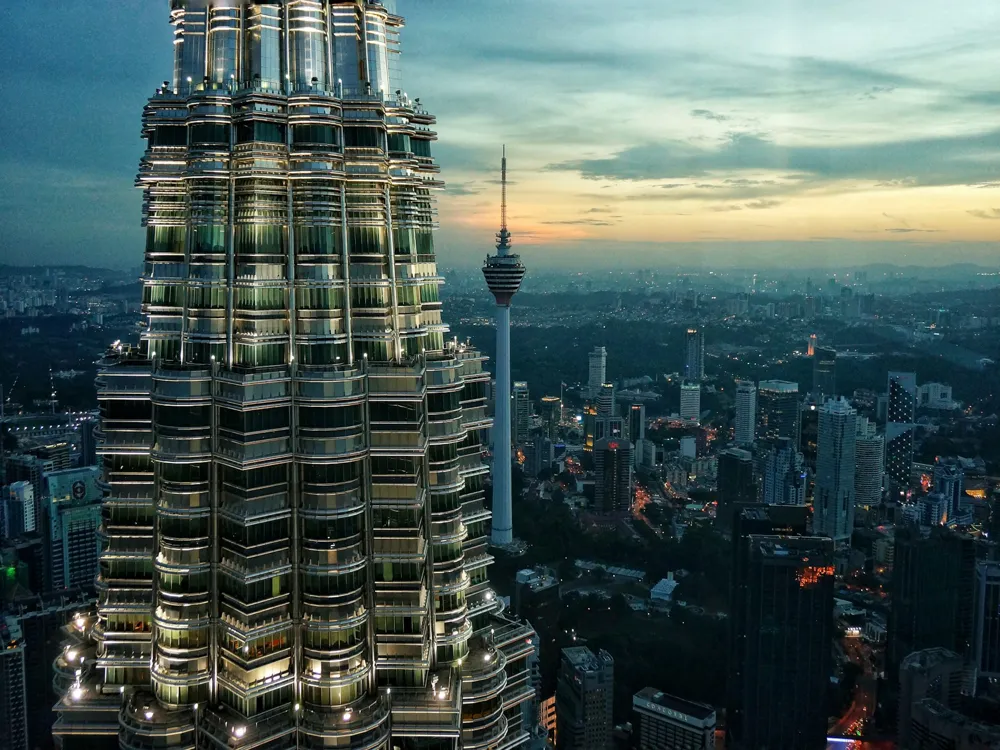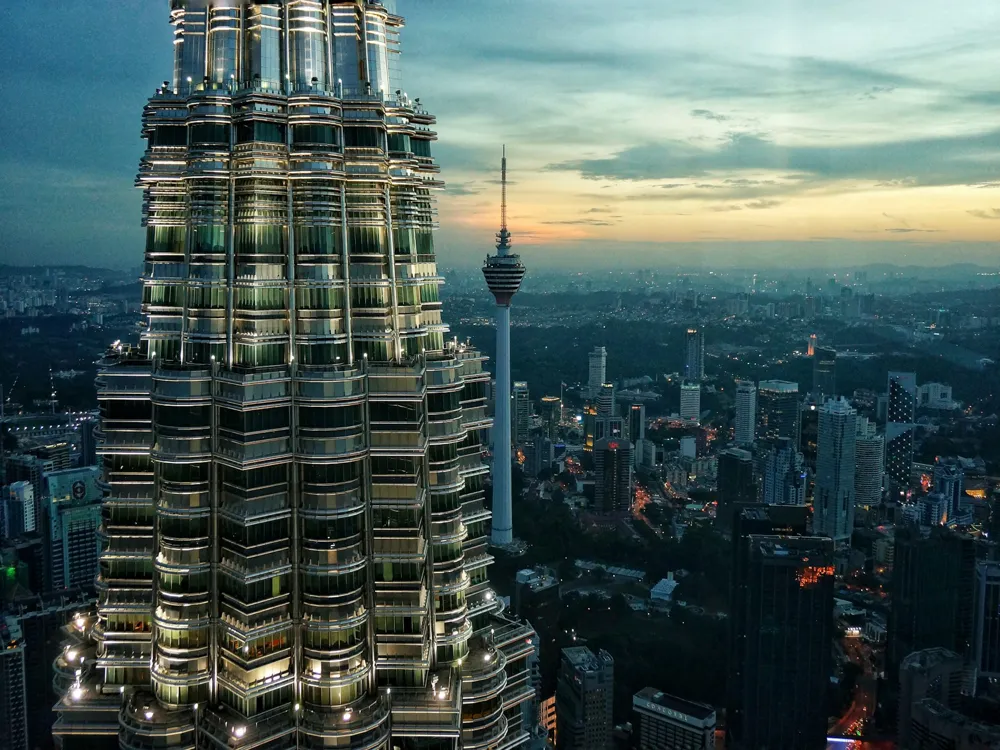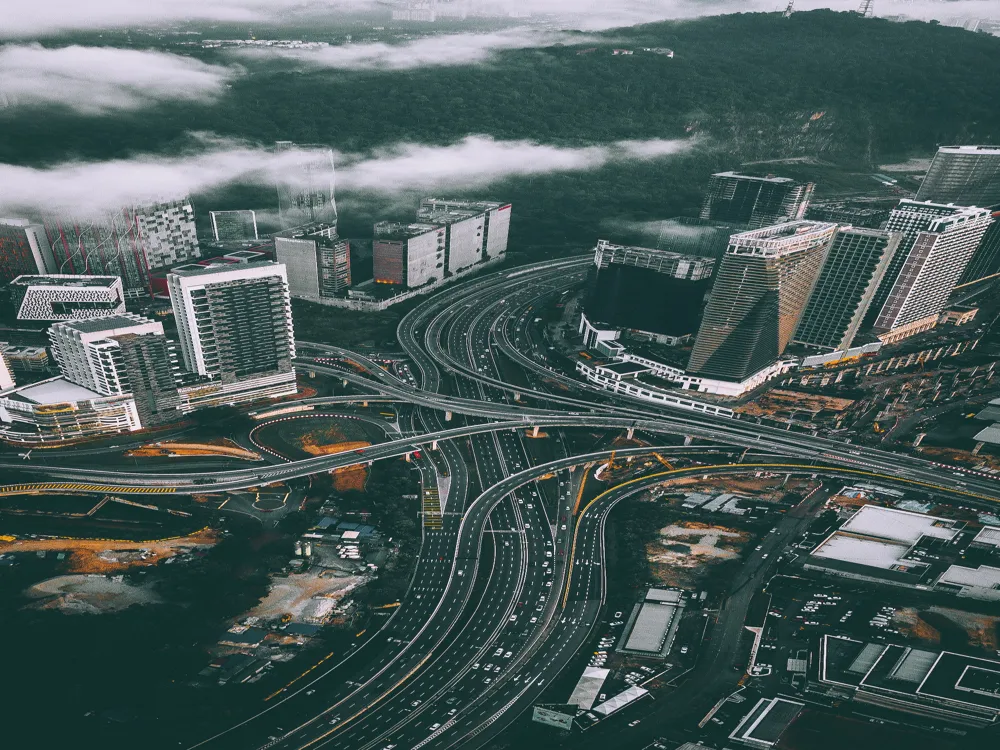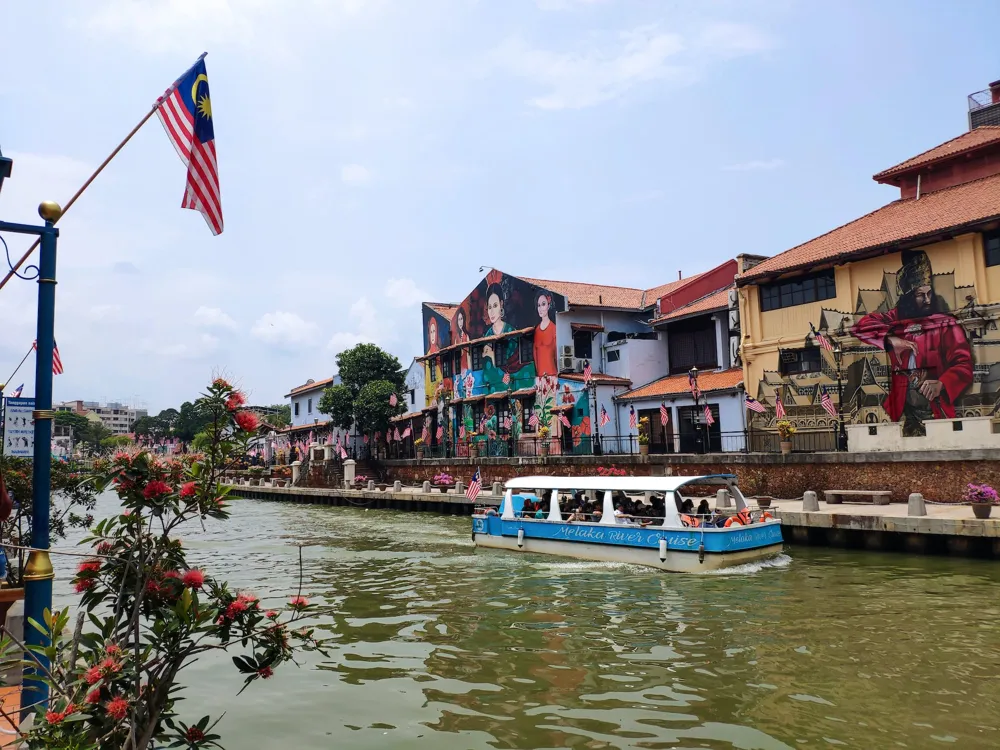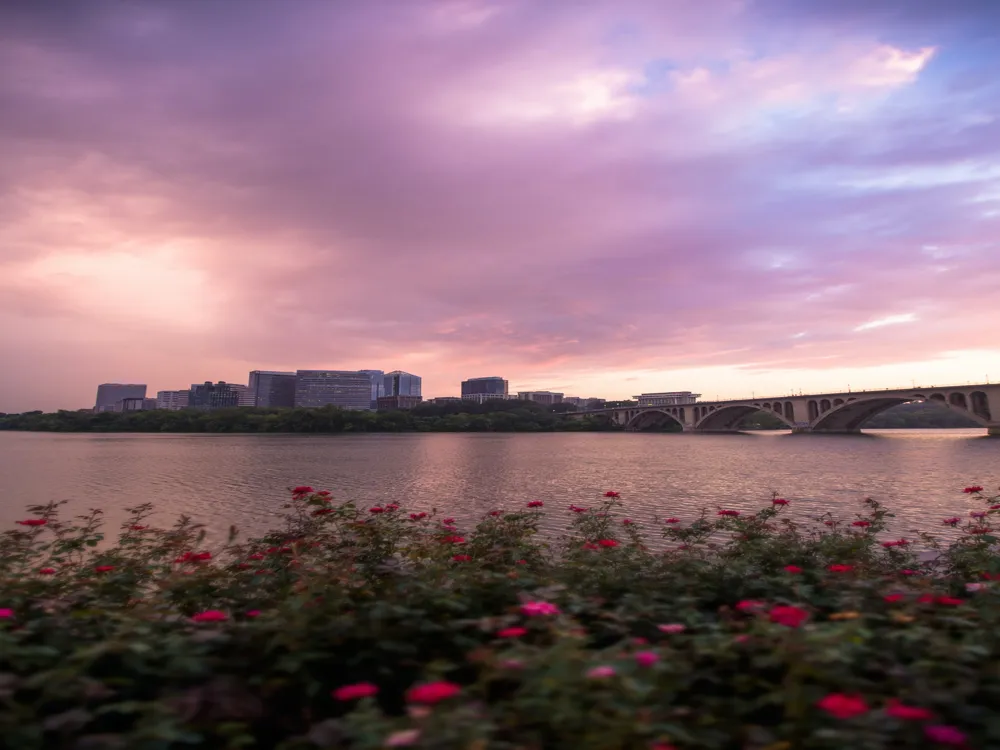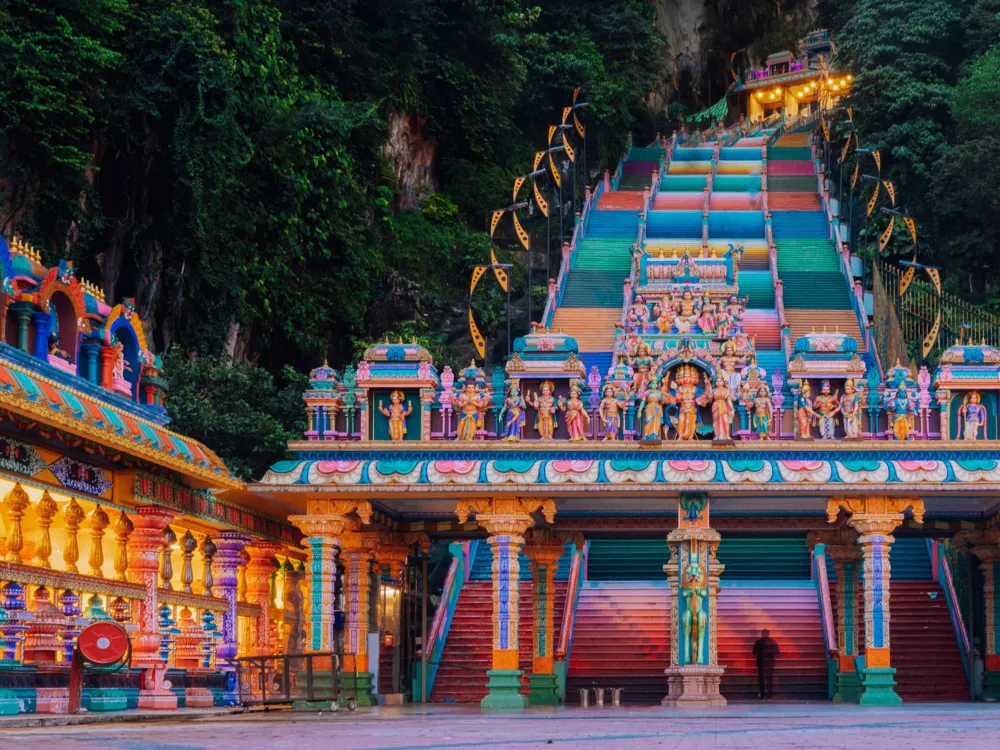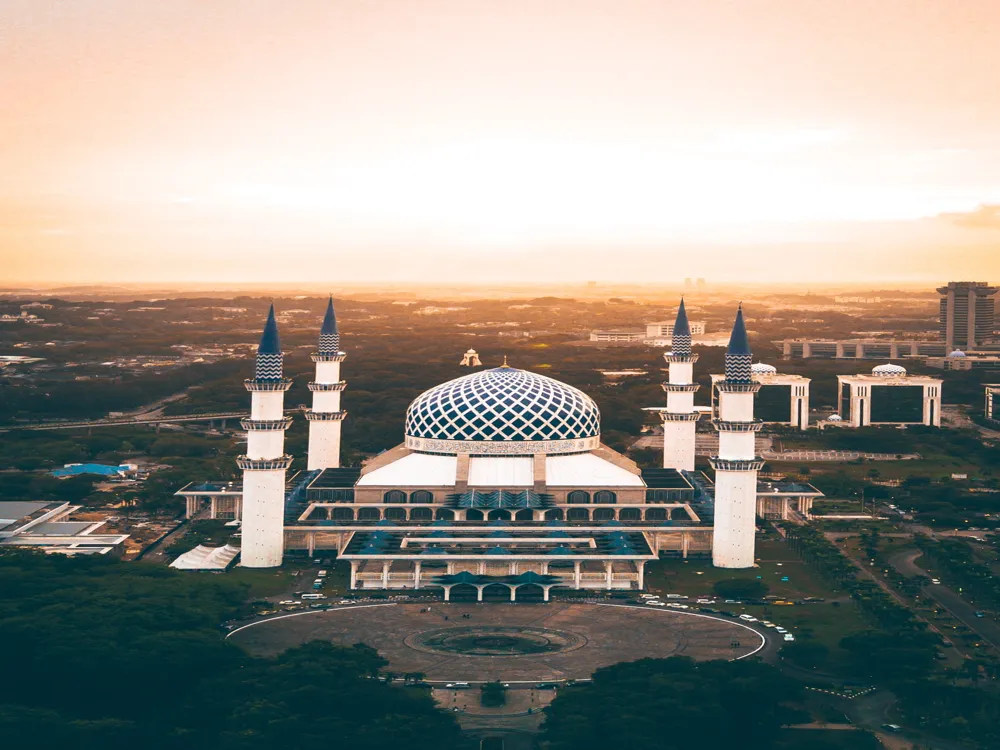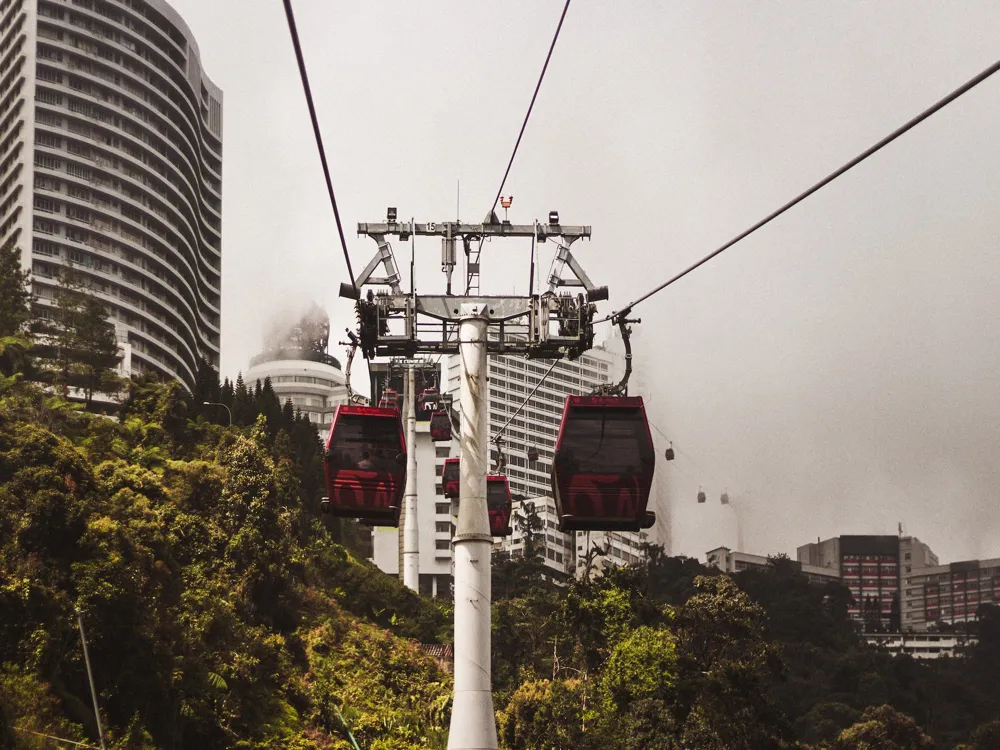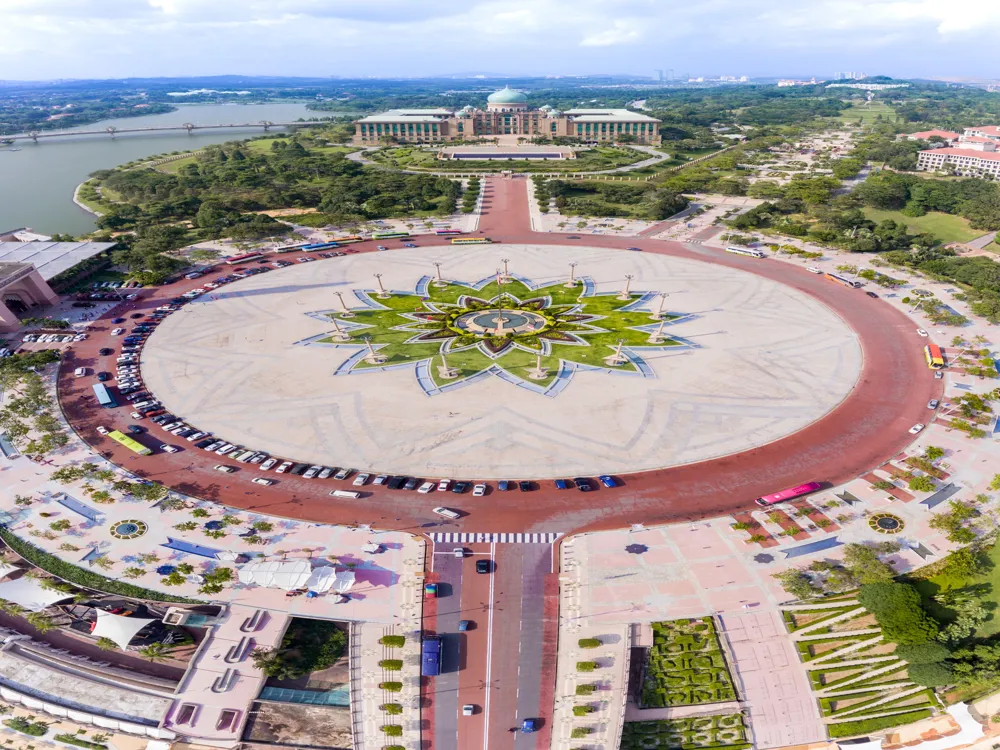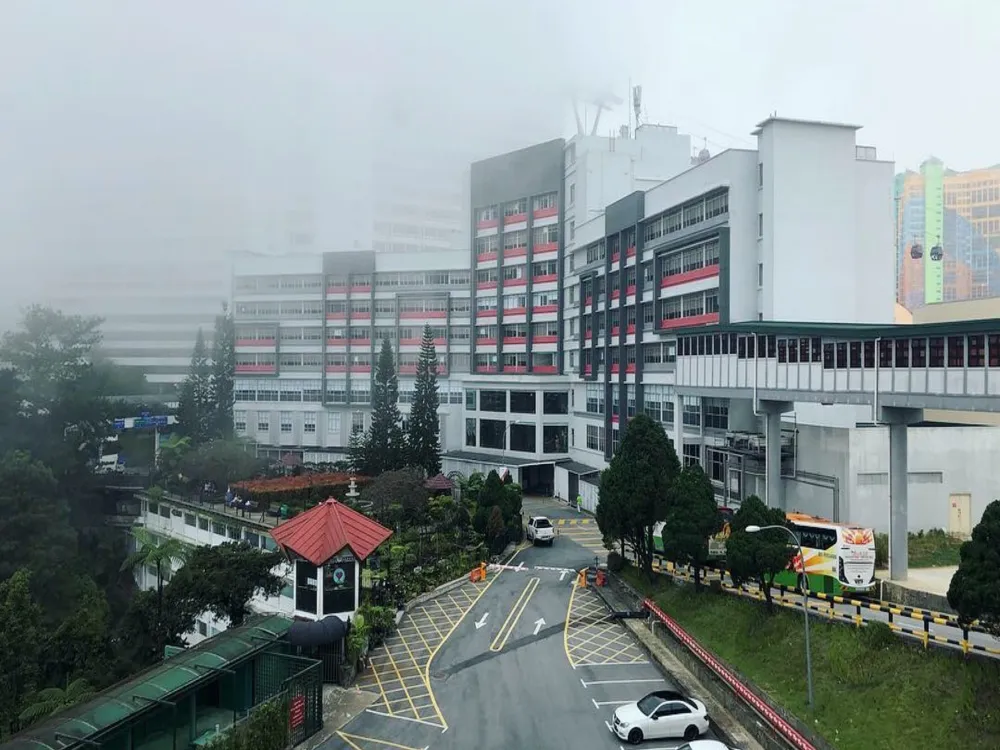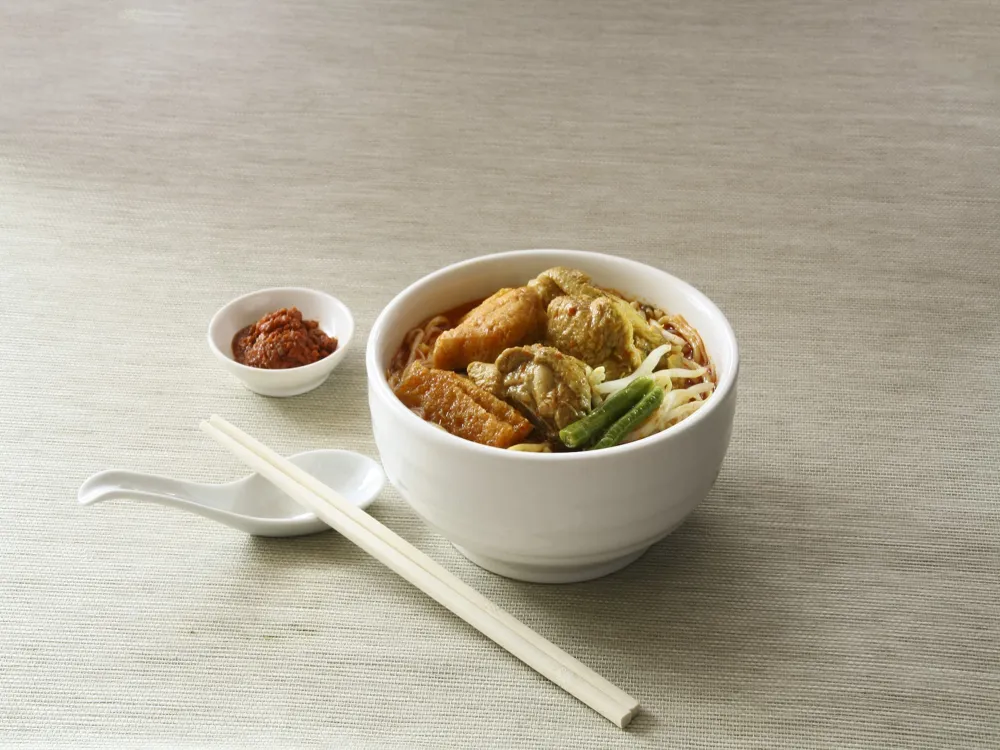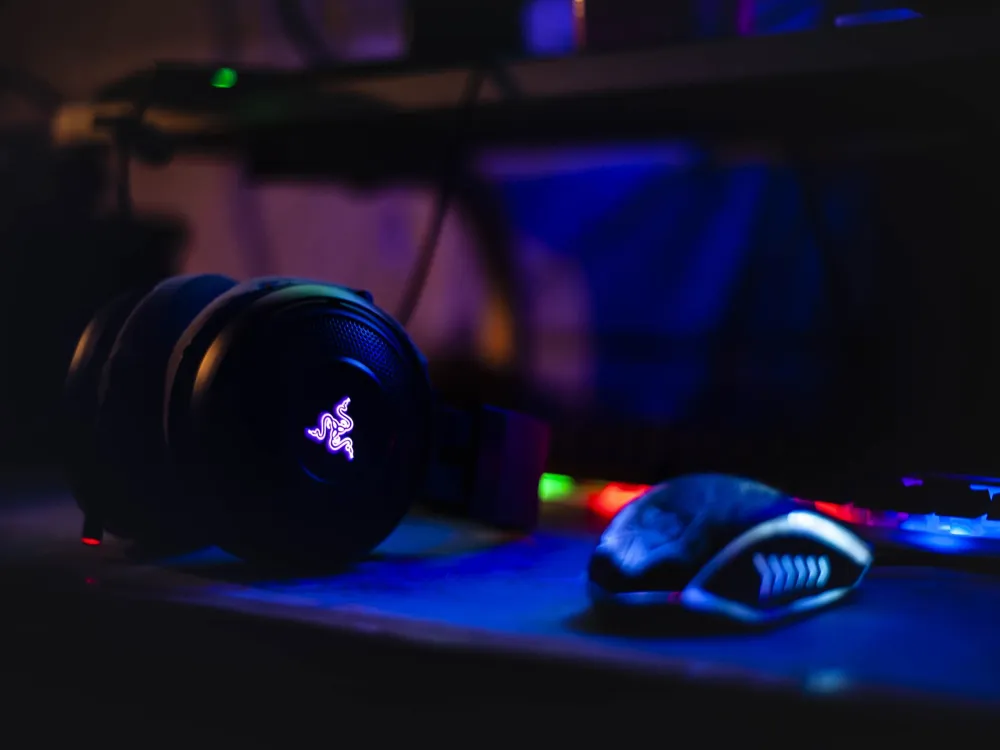The Thean Hou Temple, a splendid structure located in Kuala Lumpur, stands as a testament to the architectural ingenuity and cultural amalgamation of Malaysia. As one of the largest and oldest temples in Southeast Asia, this temple is not just a place of worship but also a symbol of the vibrant Chinese community in Malaysia. Dedicated to Thean Hou, the Sea Goddess, this temple reflects the devotion of the Chinese community towards their deities and is the epitome of their strong cultural heritage. The temple's history dates back to the early 19th century, marking it as an important cultural landmark. Its location on a hill provides visitors with breathtaking views of Kuala Lumpur, making it a popular spot for both tourists and locals. The temple serves multiple roles, functioning as a place of worship, a community center, and a venue for various cultural events and celebrations, particularly during Chinese festivals like Chinese New Year, Mooncake Festival, and Wesak Day. The vibrant and lively atmosphere during these festivals is a sight to behold, with the temple adorned in bright decorations and filled with the sounds of traditional music and festivities. The architecture of Thean Hou Temple is a magnificent blend of traditional Chinese design with modern architectural techniques. The temple showcases intricate embellishments, ornate carvings, and exquisite murals, depicting stories and legends from Chinese mythology. The primary design is influenced by the architectural styles of the Tang dynasty, known for its emphasis on symmetry, bold colors, and grandiose structures. The temple's layout is a harmonious combination of elements from Buddhism, Taoism, and Confucianism, representing a unique fusion of these three major Chinese spiritual and philosophical traditions. One of the most striking features of the Thean Hou Temple is its grand prayer hall, which houses three altars, each dedicated to a different deity. The central altar is devoted to Thean Hou, flanked by altars for the Goddess of Mercy, Guan Yin, and the Goddess of the Waterfront, Shui Wei Sheng Niang. The roof of the temple is adorned with intricate carvings of dragons and phoenixes, symbols of power and renewal in Chinese culture. The temple also features a pagoda, adding to the aesthetic and spiritual significance of the complex. The use of vibrant colors, primarily red and gold, is not just visually striking but also holds cultural significance, symbolizing good fortune and prosperity. When visiting the Thean Hou Temple, it's important to dress respectfully. This means avoiding revealing clothing and ensuring that shoulders and knees are covered. This shows respect for the temple's cultural and religious significance. Photography is allowed in most areas of the temple, but it's important to be mindful and respectful when taking pictures. Avoid photographing worshippers or religious ceremonies without permission, and be cautious not to disrupt the sanctity of the temple. Visitors should observe and respect the customs and practices of the temple. This includes participating in rituals like lighting incense or candles if you wish, but always in a respectful manner, following the temple's guidelines. Visiting the Thean Hou Temple during Chinese festivals can be a unique experience. However, be prepared for large crowds and a bustling atmosphere. It's advisable to plan your visit accordingly and be patient while exploring the temple during these busy times. The area around Thean Hou Temple offers additional attractions. Visitors can explore the nearby garden, which features a tortoise pond and a medicinal herbs garden, adding to the serene experience of the temple visit. Reaching Thean Hou Temple is convenient, with multiple options available for visitors. The temple is located in the heart of Kuala Lumpur and is accessible by various means of transportation. For those preferring public transport, the nearest LRT (Light Rail Transit) station is Bangsar Station on the Kelana Jaya Line, from where you can take a taxi or a bus to reach the temple. Taxis are readily available throughout the city and offer a direct route to the temple. For visitors driving their vehicles, there is ample parking available at the temple premises. Additionally, many tour operators in Kuala Lumpur include Thean Hou Temple in their city tour packages, making it an easy addition to any travel itinerary. Read More:Overview of Thean Hou Temple in Kuala Lumpur
Architecture of Thean Hou Temple
Tips When Visiting Thean Hou Temple
Dress Appropriately
Photography Etiquette
Respect the Customs
Visiting During Festivals
Exploring the Surroundings
How To Reach Thean Hou Temple
Thean Hou Temple
Kuala Lumpur
₹ 18,000 onwards
View kuala-lumpur Packages
Weather :
Tags : Temple
Timings : 8:00 AM – 9:00 PM every day
Time Required : 1-2 hrs
Entry Fee : No entry fee
Planning a Trip? Ask Your Question
Kuala-lumpur Travel Packages
View All Packages For Kuala-lumpur
Top Hotel Collections for Kuala-lumpur

Private Pool

Luxury Hotels

5-Star Hotels

Pet Friendly
Top Hotels Near Kuala-lumpur
Other Top Ranking Places In Kuala-lumpur
View All Places To Visit In kuala-lumpur
View kuala-lumpur Packages
Weather :
Tags : Temple
Timings : 8:00 AM – 9:00 PM every day
Time Required : 1-2 hrs
Entry Fee : No entry fee
Planning a Trip? Ask Your Question
Kuala-lumpur Travel Packages
View All Packages For Kuala-lumpur
Top Hotel Collections for Kuala-lumpur

Private Pool

Luxury Hotels

5-Star Hotels

Pet Friendly






